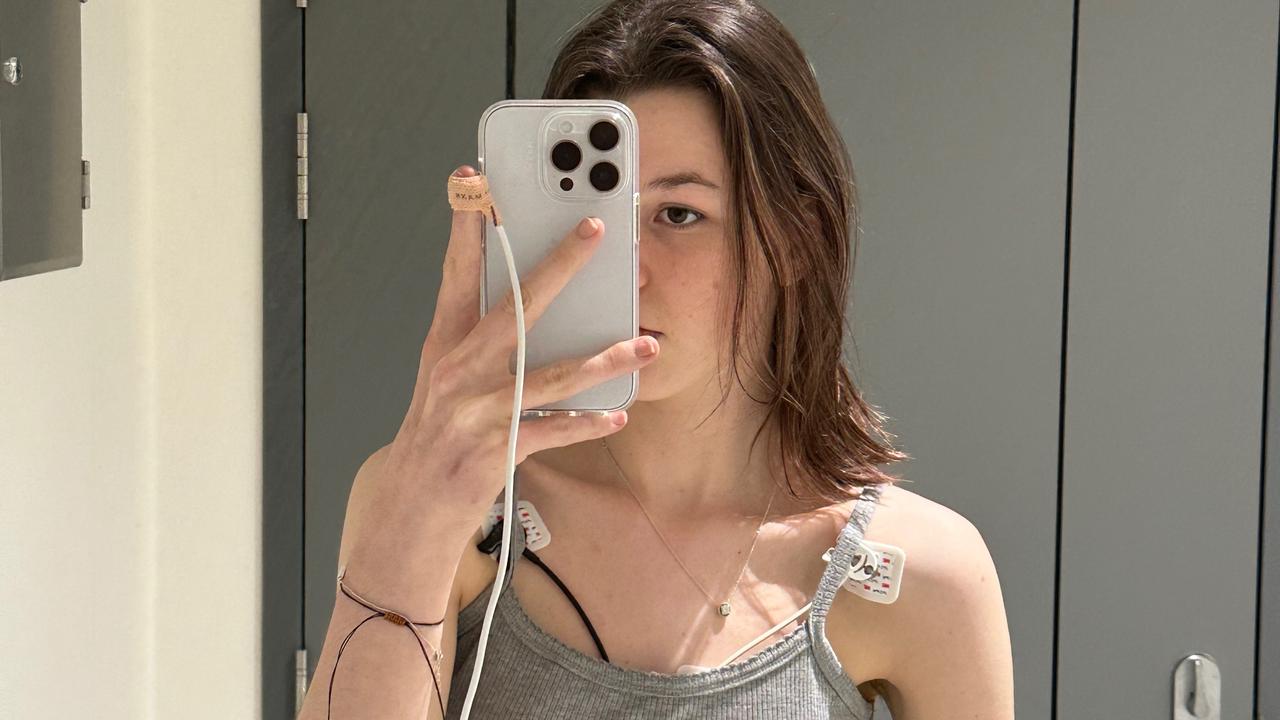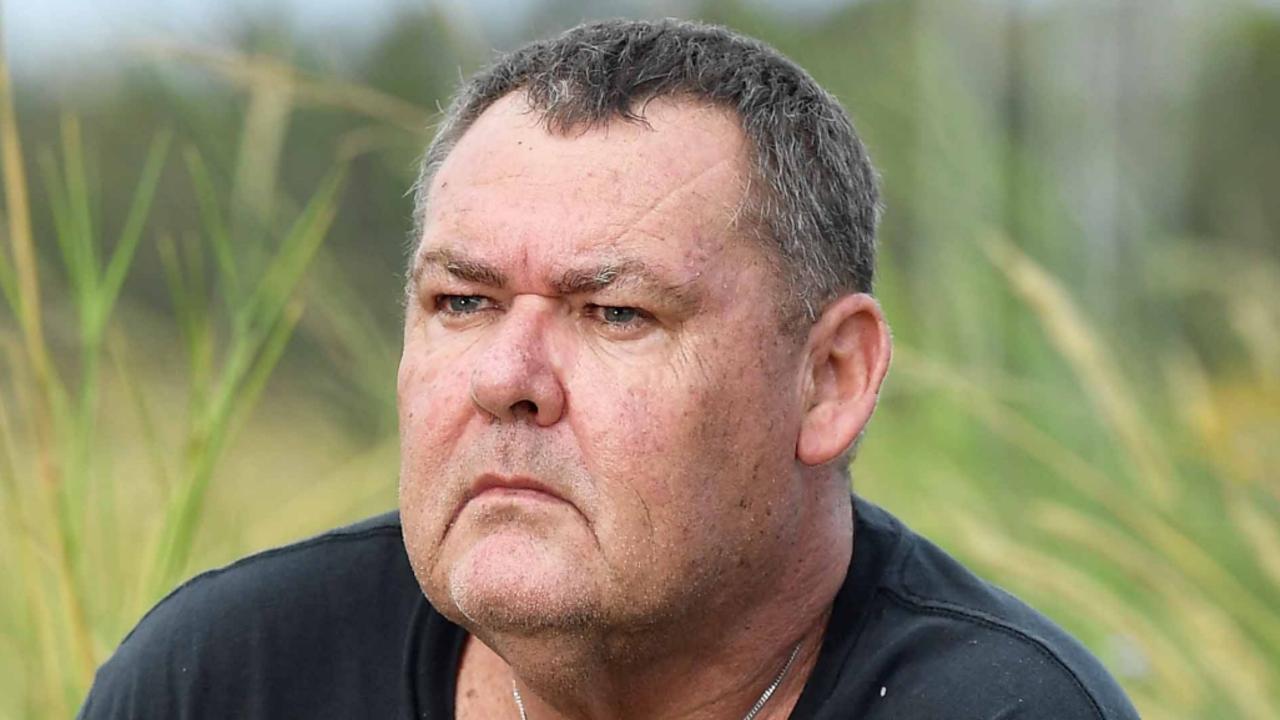What is the BA. 5 Covid strain? Here’s everything you need to know
A new virus strain has hit SA, and is predicted to cause a big spike in cases. Here’s how protected you are – and why this wave could be different.
South Australia’s Covid-19 cases are expected to spike again as the state grapples with a new strain of the virus.
Health officials said about six per cent of active Covid infections in the state were linked to the BA. 4 and BA. 5 strains, but that number was expected to surge in coming weeks.
New modelling released on Tuesday, which uses data from NSW, suggested South Australia would hit between 4000 and 5000 cases with a peak of about 6000 cases by July 12, which is more than double current levels.
Chief Public Health Officer Professor Nicola Spurrier said an increasing number of cases linked to the new strains interstate suggested South Australia would soon follow suit.
“The information that was presented to us this morning was that in New South Wales currently the new BA. 5 variant numbers have gone up quite dramatically, to a lesser extent in Victoria, and there is now a small presence of the BA. 5 variant in South Australia,” Prof Spurrier said.
“If you have a look at the South African data, they‘ve had a very definite BA. 5 wave.
“It’s not as high as their previous waves. I haven’t got the hospitalisation data but certainly they’ve had a smaller wave – and that’s what our expectation is.”

Where did the new strains come from?
The BA. 4 and BA. 5 subvariants were first reported in South Africa earlier this year and were responsible for the country’s second wave of Omicron that hit at the start of May.
The strains have swept the US, now accounting for 13 per cent of the country’s new Covid-19 cases, and have driven a rise in cases across the UK and Ireland.
How infectious are the new strains?
While there is limited data on the impact of these new strains, it is understood they spread more quickly than earlier Omicron strains and may be better at getting around the human body’s immune system defences.
“The information that we received suggested that the new BA. 5 variant isn’t any more dangerous than previous iterations but may potentially result in case numbers going up,” Prof Spurrier said.
“That’s a function of potential increased transmissibility, but also issues around immunity – which are still to be determined and the science is currently evolving on.”
Are the new strains more dangerous?
Prof Spurrier said “slightly higher” rates of hospitalisation were expected with BA. 4 and BA. 5, but the strains were not significantly more severe than earlier Omicron waves.
“I don’t think it’s going to be any worse than what we’ve experienced with BA. 1 and BA. 2,” Prof Spurrier said.
“It’s going to put some pressure on our hospital system, but I don’t think it’s going to be catastrophic. It’s not like a new variant of concern that’s come through and is completely different.”
However, Prof Spurrier said the modelling did not take into account the growing use of Covid antiviral treatments, which could see a reduction in hospitalisations.
Am I protected if I’ve already been infected with another Omicron variant?
Prof Spurrier said modelling suggested South Australians who had been infected with the previous BA. 1 and BA. 2 Omicron strains had a 73 per cent protection against BA. 4 and BA.5.
She also expected triple-vaccination to provide similar immunity to previous Covid strains, but said it was too early to accurately predict the level of protection provided by either previous infection or vaccination.
“We’re expecting to have some immunity from previous infection and from vaccination,” Prof Spurrier said.
“Get yourself vaccinated, get a flu vaccine, keep up your respiratory hygiene, keep up the hand washing and hand sanitising, and wear your mask.”
Restrictions to stay
Health Minister Chris Picton said on Tuesday that SA’s current Covid restrictions, including vaccine mandates for allied health workers, would remain in place following a jab mandate review.
Under current directions, healthcare employees must have a third dose to be eligible to work despite rules easing in other sectors, notably police, education and the transport network.
Mr Picton said there was “clear advice” that mandates were necessary for people in workplaces that impact high-risk settings.
“Those definitions have been set at a national level through AHPPC,” Mr Picton said.
Mr Picton said the Malinauskas government had been recruiting internationally and interstate for healthcare workers in a bid to ease pressure on the workforce, but could not “just click (our) fingers and have a whole bunch of healthcare workers appear on the spot”.
Read more:





